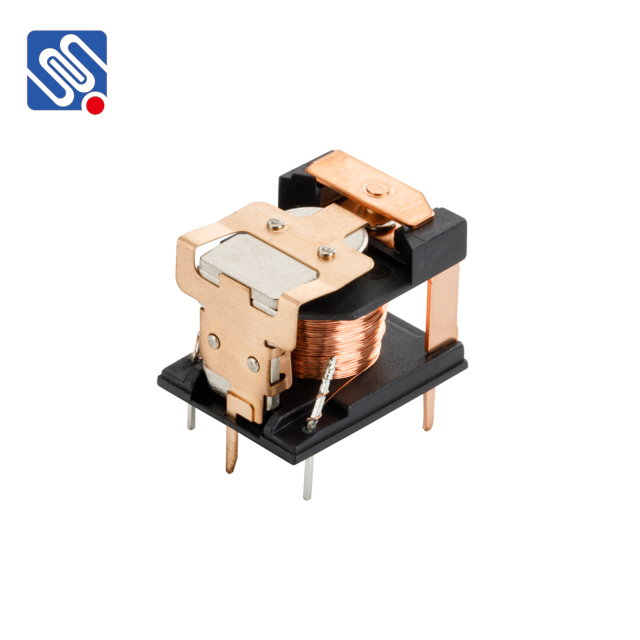relay comparison: an in-depth look at different types and their applications
Release time:2025-05-04 15:24:25
Relays are essential components in electrical and electronic circuits, serving as an automatic switch that is activated by an electrical signal. These devices have been widely used in various industries, from automotive to telecommunications, because of their ability to control high-power circuits with low-power signals. In this article, we will compare different types of relays, examining their functions, applications, and key differences to help you understand their significance and select the right relay for your specific needs.

Types of Relays
Relays can be classified into several categories based on their operating principles, construction, and the type of load they control. The most common types include electromagnetic relays, solid-state relays, reed relays, thermal relays, and time-delay relays. Let’s explore these categories in more detail:
Electromagnetic Relays (EMR)
Electromagnetic relays are the most widely used type of relay. These devices operate using an electromagnet to open or close contacts when a current flows through the coil. When an electrical signal is applied, it generates a magnetic field that attracts a movable armature, which in turn either closes or opens the switch. The advantages of EMRs include their simplicity, durability, and the ability to control high voltages and currents. However, they are prone to mechanical wear over time and may not be suitable for high-frequency applications.


